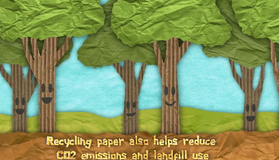How It’s Made-Olive Oil
The ancient Greek poet Homer called olive oil liquid gold, and today a little drizzle can still dazzle. Like fine wine, premium olive oil can bring a complexity of flavors to the table and create a real taste sensation.
The roots of the olive tree stretch far into the past. For thousands of years, people have harvested its fruit, and crushed it with stones to extract the precious yellow oil.
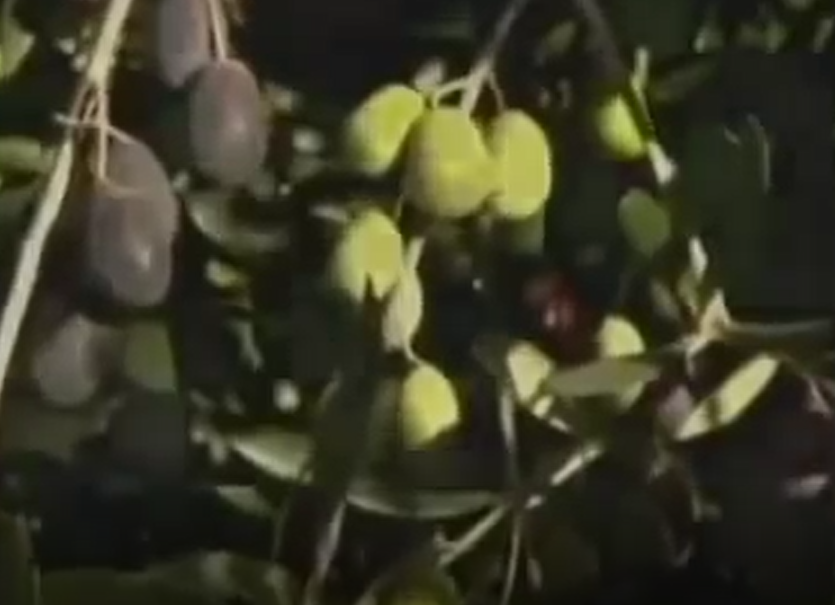
In those early days, olive oil wasn’t just used in food, it fueled lamps and was a medicinal ointment. Today’s thriving olive groves are living proof that our appetite for olive oil hasn’t waned. When green olives turn a violet red, they’re ripe and ready for harvest. Workers shake the olives off the branches with vibrating rakes. The olives fall onto nets spread beneath the trees. They funnel the harvested olives into the factory. They fall down a chute into a large vat of pure water. A hose suctions the olives and water into a vibrating bin. It separates out leaves and twigs as the water drains away. The cleaned olives now bounce merrily on their way toward the crusher. A few centuries ago, the crusher was a donkey-powered apparatus. Today, a motor drives thirteen hundred pound granite wheels to grind the olives, pits and all, into a paste.

Once the paste reaches the desired consistency, it’s over to a computerized system that regulates the temperature of the paste as an auger mixes it. This separates the oil from the paste, making it easier to extract with this machine. Traditional extracting techniques involve spreading the paste on mats, and then stacking them to press out the oil. This system is more high-tech, rows of metal plates dip into the paste and the oil adheres to them. A spin in a centrifuge separates the residual paste from the oil, the result is virgin olive oil.
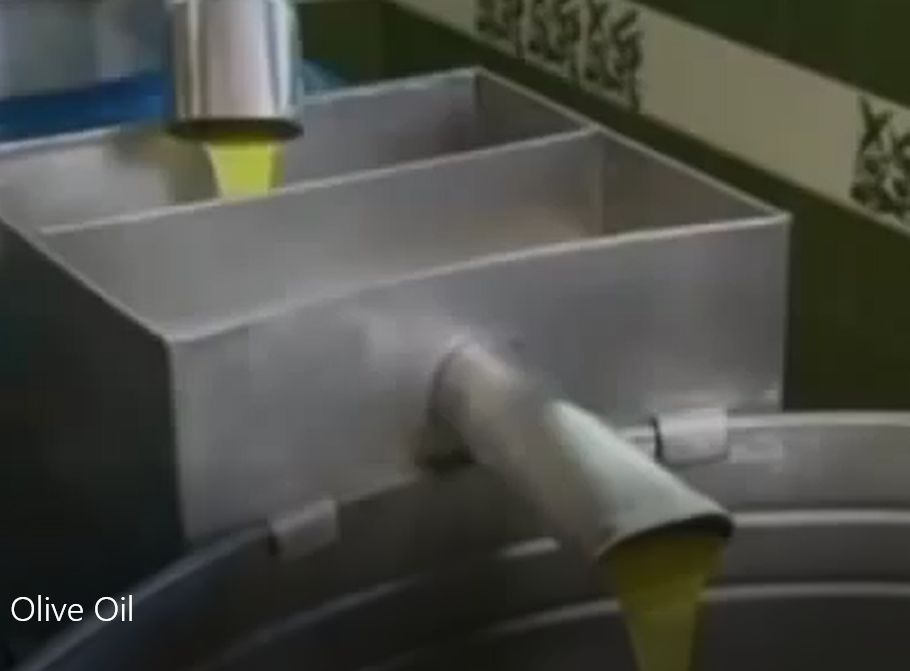
A sample of every batch goes to the testing room, where there’s a guy who has a nose for the job. He inhales the olive oil’s aroma. Like a glass of fine wine, it should have a certain bouquet, and should taste intensely fruity. If the olive oil makes the grade with this tester, the entire batch is ready for packaging.
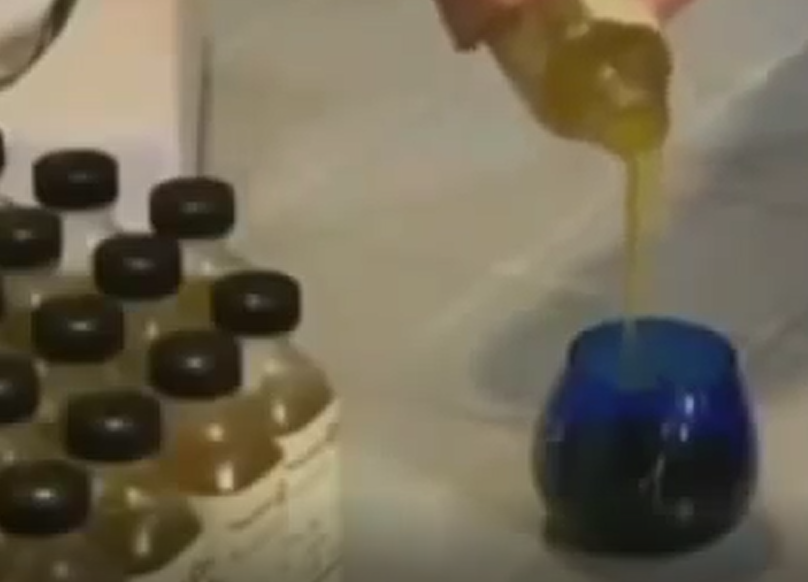
The packaging process is entirely automated, ensuring it’s all done hygienically. A conveyor funnels these tins into line for a filling, a mechanized system then feeds the olive oil directly from big tanks into the tins. A measuring device controls the amount that goes into each one. At the next station, equipment spins and curls a metal disk around the lip of the container to put the bottom on the can. The conveyor flips the can around so it lands right side up, ready to pack. They package the premium grade oil in bottles, they use dark glass to protect the oil from the sun’s ultraviolet light, which could cause olive oil to degrade and lose intensity.
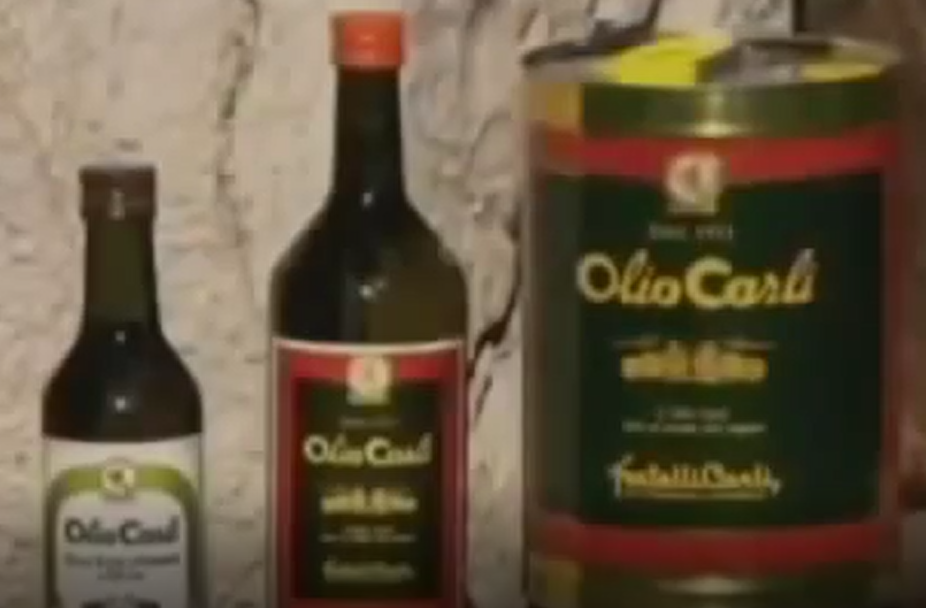
After an automated fill-up, they cap the threaded necks of the bottles. Machinery press-fits and then screws the caps on for an air tight seal. Equipment then glues and applies the labels to the bottles. Preserved and protected, this olive oil is now on its way to the store shelf and ultimately to the table, where it’s sure to kick up the flavor factor.
New Words:
wane 衰退
chute 滑道
vat 桶
granite wheel 花岗岩磨辊
mat 垫子
adhere 粘附
